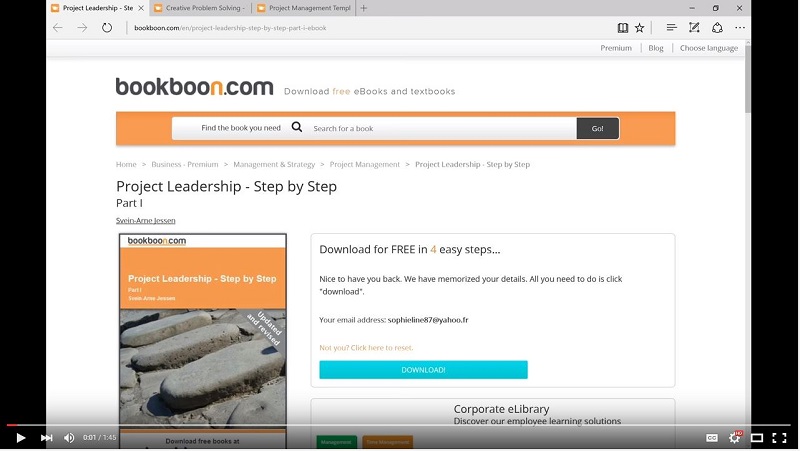Project Management made easy

With project management it is not enough to decide on where to go, but more on how to get there. It refers to the series of methods and tools that are used to plan and implement a change or project from its inception to its completion. Project management allows you to take highly complex tasks and break them down into manageable processes, but it can also be useful when you have a simple change to make.
While Project Manager is a title of some positions, you do not have to be in that position to take advantage of the benefits that project management offers. In fact, many of the tools below can be used outside of work for your personal projects as well.
Basic Project Management Systems and Tools
There are literally dozens of formal project management systems that use their own procedure for organizing the work that has to be done. Some are specific to a certain type of industry or a certain type of process. Yet most of them have some common basic elements. The general order of these steps is: Project Definition – Planning – Working – Monitoring – Completing.
- A project definition which describes the scope of the project as well as its objectives, key evaluation criteria, deliverables, and any identified risks or constraints.
- A planning phase that evolves from the project definition and breaks the project down into stages or phases, establishes a timeframe, a project team, the budget and financial reporting process, as well as a contingency plan. A number of project management tools such as Gantt charts and Critical Path Analysis charts are useful.
- A working phase where roles and responsibilities are assigned, communication is key, and delegation can be very important to your success.
- A monitoring phase where you remain in communication with your project team and respond to and prevent any unforeseen issues.
- A closing phase where you complete all the phases of the project and then evaluate the success of the project. You may also be supporting employees through training or other assistance if it is needed.
Note that as you move through the steps, you may cycle back to an earlier step. For example, while monitoring the progress of work, you may encounter something unexpected that requires you to go back to the planning stage and determine whether or not you need to change aspects of what you’re doing. You may repeat the cycle multiple times during the life of the project. And keep in mind: Even with small projects it only matters whether or not you want to have the greatest chance of a successful outcome. If so, then project management can help.
You can find more aspects of Project Management by reading “Managing Projects” by MTD Training
Download the free eBook Managing Projects



